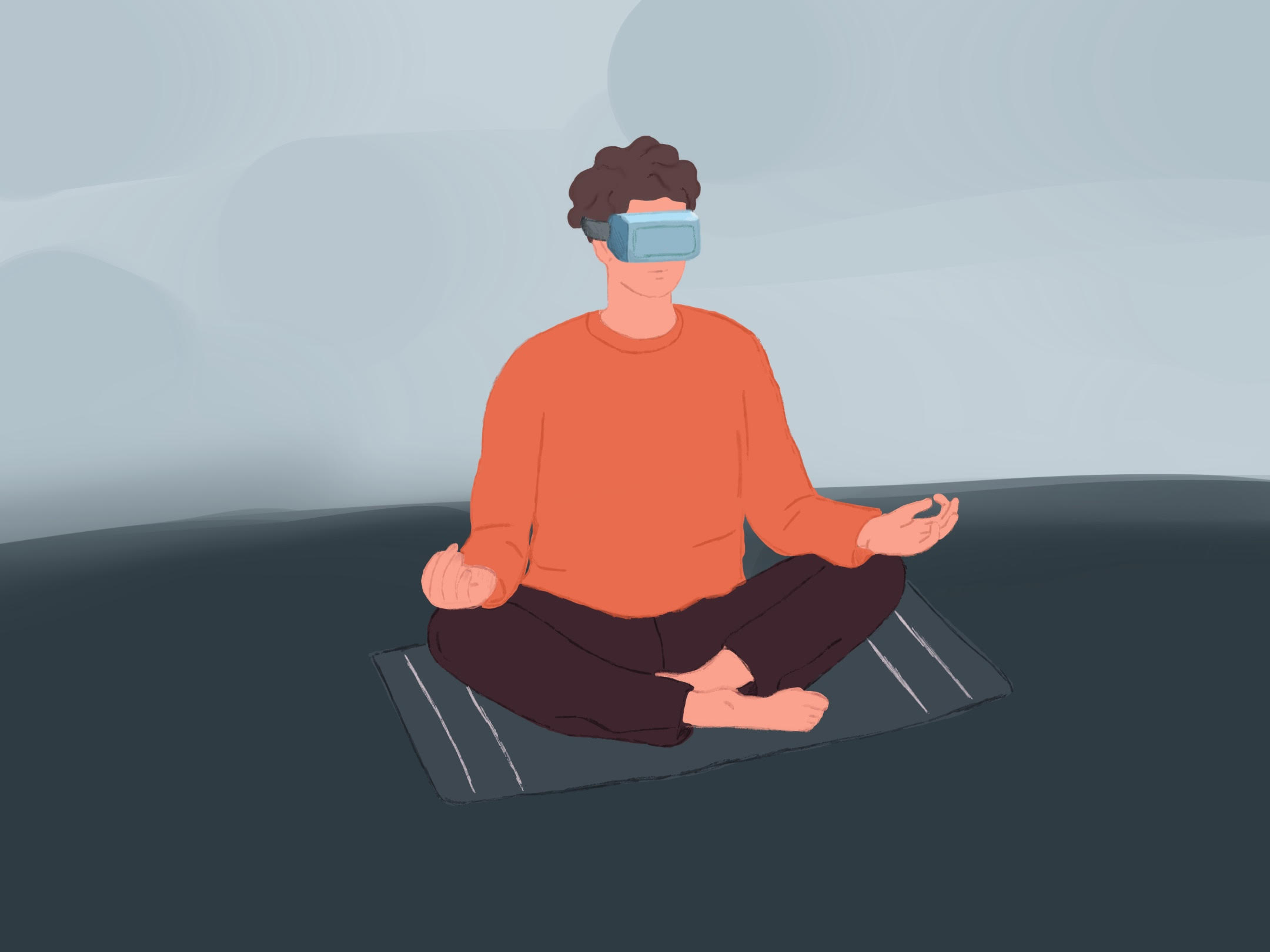Virtual healing: How VR is being used to treat mental illness
The Covid-19 pandemic and social distancing spurred researchers to investigate VR’s efficacy in treating mental illnesses and maintaining mental wellbeing.
In a study released in April of 2022 by the International Journal of Environmental Research and Public Health, researchers explored the efficacy of using virtual reality (VR) to treat mental illnesses. They found that using VR to simulate different environments causes emotions that reduce psychological stress. They presented VR as an option for people with mobility issues to experience beneficial environments such as geographically distant tourist destinations.
Likewise, another study published in February of 2021 in the journal of Health and Technology discovered that VR used in video games during the pandemic was highly effective for improving both mental and physical health. VR use increased dramatically during the Covid-19 lockdowns, with video games being the most common use, but many users reported using their VR headsets for physical fitness as well.
The use of VR for meditation was also examined. Using a “didactic, trauma-informed care approach to [instruct] mindfulness meditation,” researchers compared VR-led meditation to 2D meditation (watching a pre-recorded video on a screen) and real-life meditation. When compared to 2D meditation, VR meditation was found to be more relaxing and less tiring.
In some cases VR mediation was even preferred over face-to-face instruction, which was most apparent during Covid-19 when social distancing was required.
The Medium spoke to U of T Professor Carmen Logie, a professor at the Faculty of Social Work, through email about her work on using VR to treat mental health disorders.
“There was review of the effects of VR on mental wellness in 22 studies. They demonstrated that the strategies hold promise for improvements in mental wellness, including improved mood and reduced stress,” states Professor Logie, denoting the rationale behind using VR to raise mental health awareness and improve self-compassion. She explains that VR offers a plenitude of opportunities, allowing users to see, hear, and approach things from a different perspective.
Despite its positives, there are real-life issues that cannot be solved in VR’s fabricated world. “It doesn’t necessarily get to the root cause of your challenges if they lie in the structural and social world, for example someone who’s depressed because they’re in an abusive relationship,” states Professor Logie. There are also physical limitations to VR, as some patients may experience nausea when using headsets and other gear.
Prospectively, Professor Logie believes that traditional therapy remains a valuable tool to reduce depression, anxiety, and other mental disorders. VR therapy will expand the toolbox, serving as a complement rather than a replacement. She puts forth that “preparing people with a lot of options is the way forward.”
As we gradually enter the post-pandemic world, virtual alternatives to mental and physical health services are more important than ever. The growing use of VR for therapy could be revolutionary, potentially improving the mental wellbeing of the populace.
Staff Writer (Volume 48 & 49) — Hema is currently in her final year, finishing a double major in Linguistics and French Language Teaching and Learning. She previously served as a Staff Writer for Volume 48 of The Medium. Her favourite part of writing is the opportunity to research new topics, speak to new people, and make her voice heard, and she hopes that her articles can spark this interest in other students. In her spare time, you can find her in bed reading with a cup of coffee (and she's always looking for more book recommendations!).


